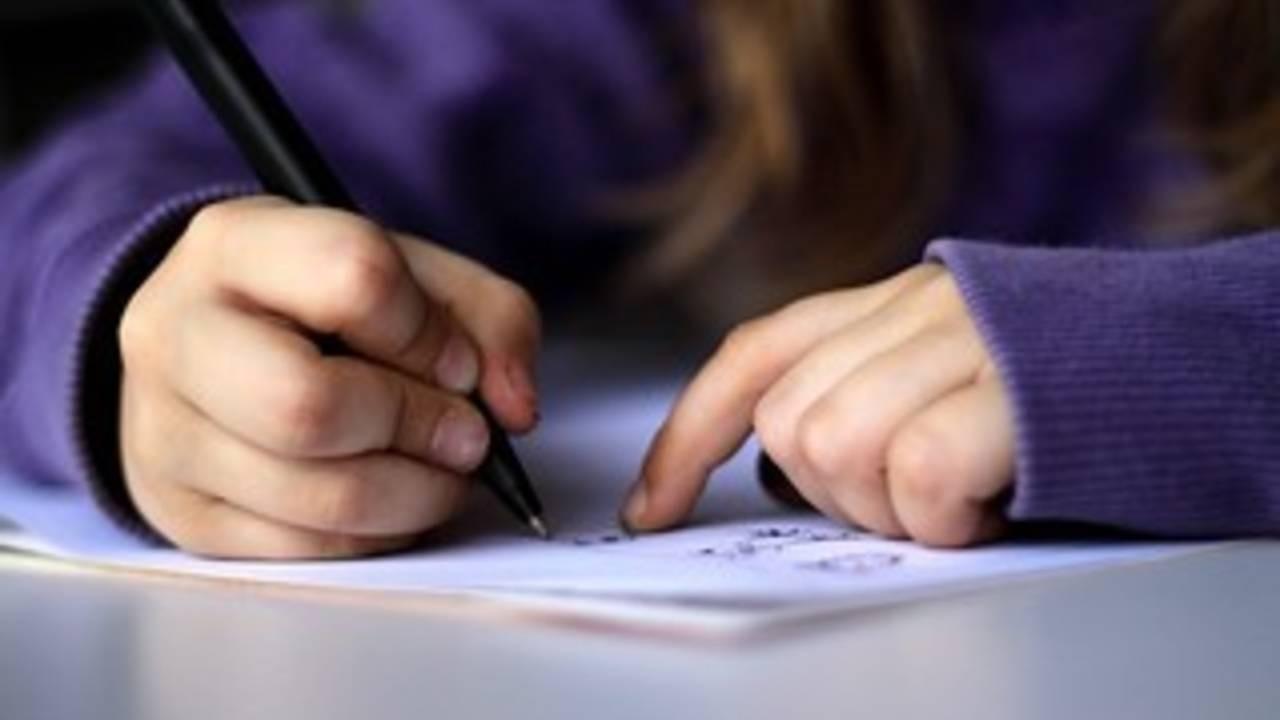Teach Your Special-Needs Child Independence

One of the most important tasks of parents is to teach their children to be independent adults. The reality is that some children with disabilities may never be able to live on their own. Others may be able to live with assistance, or still, others may learn to manage their obstacles to the point that they can be entirely independent. Regardless of what future seems likely for your child, you must prepare them to be as self-reliant as possible.
Do not do for him what he could do for himself.
As you go about your child’s daily care routine, ask yourself, is this something my son/daughter could do? Why am I doing it instead of teaching him how?
Give responsibilities.
What daily chores could your child manage? Can he hold a broom and push it around? Can she wipe the table with a cloth? Treat your child as though he or she is capable of doing the chores. They should have things to do around the house like everyone else.
Focus on basic life skills, and go from...
How to spot Dyscalculia? Accommodations of Dyscalculia.

Children with dyscalculia have difficulties with all areas of Mathematics – like telling time, counting money, and performing mental calculations. According to a family psychologist and author – “their brains need more teaching, more targeted learning experiences, and more practice to develop these networks. Dyscalculia frequently coexists with dyslexia.
Signs of dyscalculia are not always easy to spot. Keep in mind that all kids have trouble with maths from time to time. But children with dyscalculia struggle a lot more than other children the same age. Dyscalculia is not the same as math anxiety because the latter involves strong emotions around Math.
What are the signs of Dyscalculia?
- Face difficulty when learning to count.
- Doesn’t seem to understand the meaning of counting.
- Struggle to recognize patterns, like smallest to largest or tallest to shortest.
- Have a problem understanding number symbols like making the connection between ‘9’ and the...
Teaching Strategies to Help Children

Start with the Child
Dyslexic children often ‘fail’ in their studies and this can affect their motivation to learn. To get them back to learning, it is very important to first build rapport with them. This can be done by talking to and listening to them. The communication will help
- you get to know the children in your class, their interests and oral ability;
- the children to get to know you and;
- build trust and confidence between you and the children.
How can dyslexic children learn better?
There are numerous programs, teaching aids and software packages that you can use with students. Tuition or remedial sessions should be multi-sensory with many variations involving looking, listening, speaking and touching. Every child is unique and it is good to observe which kind of learner type each child belongs to.
Visual Learner (Learning through seeing)
Auditory Learner (Learning through listening)
Kinesthetic Learner (Learning through action and...
The link between Academic skills & Life skills

Hi all,
I am going to relate two scenarios to you.
Scenario 1- Child A is unable to use a given shopping list to go and buy items needed from a nearby supermarket.
Scenario 2- Child B is unable to perform the task instructed by his parent to make separately packed picnic lunches of sandwiches for himself and his four friends.
In both scenarios, the children were having difficulties with performing certain life skills.
Why do you think this was so?
Sometimes, children who seem to be not very different from other children of the same age, display difficulties such as those mentioned in the above two scenarios. More often than not, this can be traced to weak academic skills and their difficulty in applying these skills in everyday life situations. This underlines the importance of acquiring two key skills especially in elementary/primary education that have a lasting impact in academic achievements and gaining important life skills. These core skills are literacy and numeracy skills.
Core...
Multi-sensorial approach to reading comprehension

Reading stories is a great way to explore and learn new things. It can be very enjoyable and entertaining. Children with reading difficulties, however, may not be able to comprehend stories well, and in turn, experience lesser enjoyment while reading.
Incorporating multi-sensorial elements into the process of reading has shown to allow learning to be more concrete and enjoyable (Korkmaz & Karatepe, 2018). This article will suggest ways you can engage the senses in the process of reading.
- Sense of touch: Crafting the story
Being able to visualise the scenes in a story as it progresses can help readers to comprehend the story better. Try working with the child to identify the components of the story such as the setting, characters, and events of the story, and create these components using craft materials (e.g. creating sock puppets of the characters).
Through the reenactment of the story with the props created, it allows for the words in the books to come...
Autism And Reading

Reading is a skill and we are all aware reading fluency is critical. Learning to read can be a daunting task for learners with autism spectrum. However, by applying the correct coaching techniques and understanding the learner’s interest and learning capability, coaching a learner with autism spectrum to read can be much easier.
Conducive Environment
Learners with autism spectrum disorder are vulnerable to distractions. They have the tendency to get distracted by sounds and brightness and may not be capable to filter out irrelevant details such as noises and visual information. They may get distracted from the sounds or noises coming from fans or even the air conditioners.
It is recommended to provide a quiet room for the learner. Ensure outside noise are kept to a minimum. And do not sit the learner facing bright sunlight or near to a flickering fluorescent lighting. Instead, try opting for natural light or reading lamp for the reading session, as this can...
Ways To Help Your Kids Write Faster

Writing is an important skill for communication and especially in the education field when students are expected to write well and fast throughout their learning at school. In today’s world of technology, students are presented with lesser opportunities to practise their writing skills which may potentially be one of the contributors to a reduced speed in our students’ handwriting. This creates some concerns among parents on their children’s handwriting skills and speed.
There are many factors that can affect your child’s speed in writing, such as writing tools, body posture, etc. Here are some tips which can help your child to improve on his/her writing speed:
1) Check the Writing Tools Always use a good quality pen/pencil because it has a great significance on our writing speed and these days they do not cost much.
2) Body Posture and Technique
a. Maintain Good Posture
This is one of the easiest ways the child can do to improve his/her...
The Cognitive Benefits Of Playing Video Games

From gaming arcades, television consoles, handheld consoles, mobile devices to online gaming, video gaming is undoubtedly one of the most popular entertainment these days. But do you know that playing video games can help to boost your cognitive skills? Here are 3 cognitive benefits of playing video games that you should be aware of:
Improves Memory - A gamer typically has to understand the ins and outs of the game structure. To achieve this, the gamer has to read and comprehend the game instructions and tactics. Making efforts to memorize/remember the gaming instructions throughout the whole entirety of the game is required in order to be able to progress to the next level. That’s how videogames help in improving a gamer’s potential to remember.
Enhances Multitasking Skills - There are so many details to take note of when playing video game. For example, a gamer has to remember to keep a lookout for oncoming enemies, when to launch an attack,...

